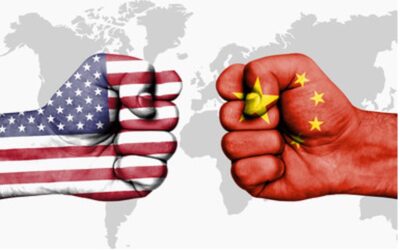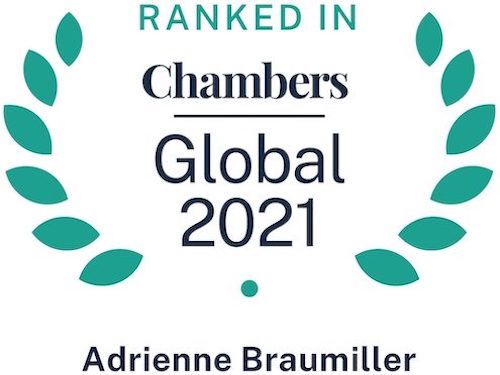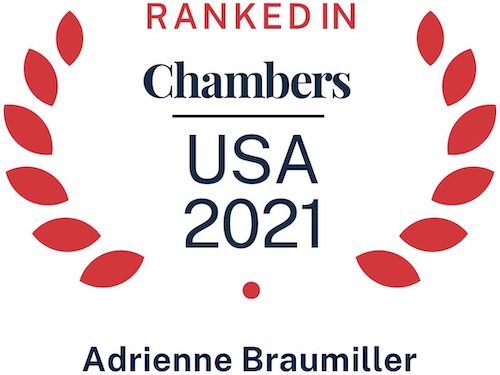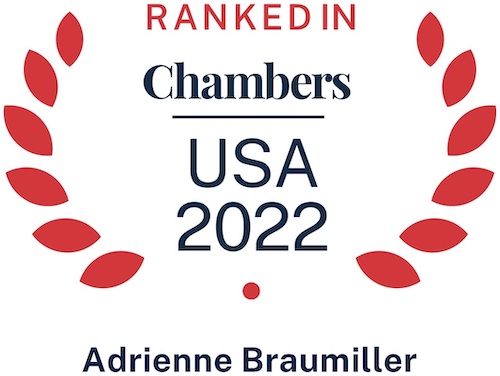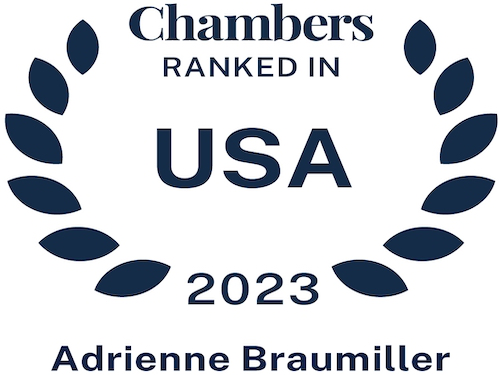U.S. vs China as a Global Trade Partner, Are We (U.S.) the Bad Guys?
By Victoria Holmes, Braumiller Law Group
A quiet but significant power shift has been unfolding across Latin America. While the United States has long been the dominant economic and political influence in the region, its recent inward turn under the “America First” doctrine has created openings that China is eager to fill. Through infrastructure investments, trade agreements, and strategic diplomacy, Beijing is steadily gaining ground. The result is a hemisphere that increasingly looks to China—not Washington—as a key partner. How worried should we be about this shift in power? This realignment is more gradual and complex than it might initially seem and could be pivoted in different directions following Trump’s second administration.
A Pre-Trump Trend, Accelerated by Disengagement
The U.S. focus on Latin America has been inconsistent for decades, fluctuating between intense attention (e.g., Cold War interventions, NAFTA, the 2000s “pink tide” reactions) and neglect.
Latin America, long treated by U.S. policymakers as either a backyard or a footnote, found itself sidelined under Trump’s administration. His inflammatory rhetoric toward immigrants and dismissiveness of international institutions, combined with cuts to foreign aid and trade threats, left many Latin American nations alienated. Meanwhile, China presented itself not just as a willing partner, but as a respectful one. In Colombia, leftwing President Gustavo Petro favors working with China on a number of partnerships, but fears the wrath of retaliatory tariffs.
China’s Playbook: More Than Just “No Strings Attached”
Where the U.S. saw problems, China saw opportunity. Through the Belt and Road Initiative (BRI), China has poured billions into Latin America — financing ports in Peru, building railways in Argentina, and investing in energy projects in Brazil and Ecuador. Unlike Washington, which often ties economic aid to democratic governance and anti-corruption benchmarks, Beijing offers deals with minimal political strings attached. For leaders in fragile or populist governments, that’s a tempting offer. China’s engagement is often framed as purely transactional, with “no political conditions.” While true in comparison to U.S. democracy-promotion efforts, Beijing’s approach has its own implicit strings.
Those strings include a debt many countries are finding themselves in. For example, loans for infrastructure and the hiring of Chinese contractors lock some of these places into long-term dependencies, which can leave countries like Venezuela struggling with repayment. More recently, China offered Latin America a 9 billion credit line and fresh infrastructure investment. And, while China doesn’t overtly include themselves in political meddling, its partnerships do suggest a favor towards authoritarian regimes and silence on democratic backsliding. Still, for many Latin American governments China’s offer is pragmatic: fast cash without public scolding.
Trade: China’s Rise, but Not Total Dominance
Previously, the Biden administration tried to re-engage with the proposal titled Americas Partnership for Economic Prosperity (APEP) and by increasing climate and infrastructure funding. But compared to China’s state-driven investment, U.S. efforts rely more on private capital and faced Congressional hurdles.
Under Trump, the United States took a confrontational stance toward multilateralism and shifted focus away from Latin America. The withdrawal from the Trans-Pacific Partnership (TPP), souring relations with Mexico during NAFTA renegotiations, and persistent threats of tariffs on regional allies undermined decades of U.S. diplomacy and economic integration. China is now the top trading partner for South American giants like Brazil and Chile, driven by demand for soy, copper, and oil. But, not all hope is lost.
Mexico and Central America still rely heavily on U.S. trade (NAFTA/USMCA ties are deeply entrenched). Nearshoring trends which were spurred by U.S.-China tensions, are boosting Mexico as a manufacturing alternative. Also, the U.S. still maintains security ties, including military bases (Colombia, Honduras) and leads regional drug prohibition efforts. China’s security presence is growing (police donations, port visits) but remains far from challenging U.S. defense primacy.
A Complicated Transition
Following Donald Trump’s second term, Latin America has continued to shift away from relying primarily on the United States, as Washington remains focused on domestic issues and political division. During Trump’s presidency, the “America First” approach reduced diplomatic engagement and foreign aid, giving China more room to expand its influence through trade and infrastructure investment. While the U.S. still holds cultural and historical ties in the region, many countries are now pursuing a more balanced strategy that includes stronger partnerships with Beijing. If Democrats regain power, they may focus on rebuilding trust through cooperation on climate, development, and democratic governance. If Republicans win again, particularly with a continued focus on U.S.-centered priorities, China’s role could grow even more. Either way, Latin America is likely to keep diversifying its global relationships rather than returning to a U.S.-led model.
Although China is gaining influence in Latin America, the narrative of a “U.S. vs. China” battle overlooks Latin America’s own strategic diversification. Countries like Brazil and Argentina engage with both powers, while Mexico balances USMCA ties with Chinese electric vehicle investments. Regional leaders aren’t passive bystanders—they’re playing a multi-alignment game. As China’s influence expands, the U.S. retains leverage through trade, security, and diaspora ties. The real challenge for Washington isn’t just countering Beijing—but offering a compelling alternative that goes beyond Cold War-style competition and acknowledges Latin America’s own ambitions.
The question isn’t just whether China will eclipse the U.S., but whether Latin American nations will shape this shift to their advantage—or get caught in the middle.

